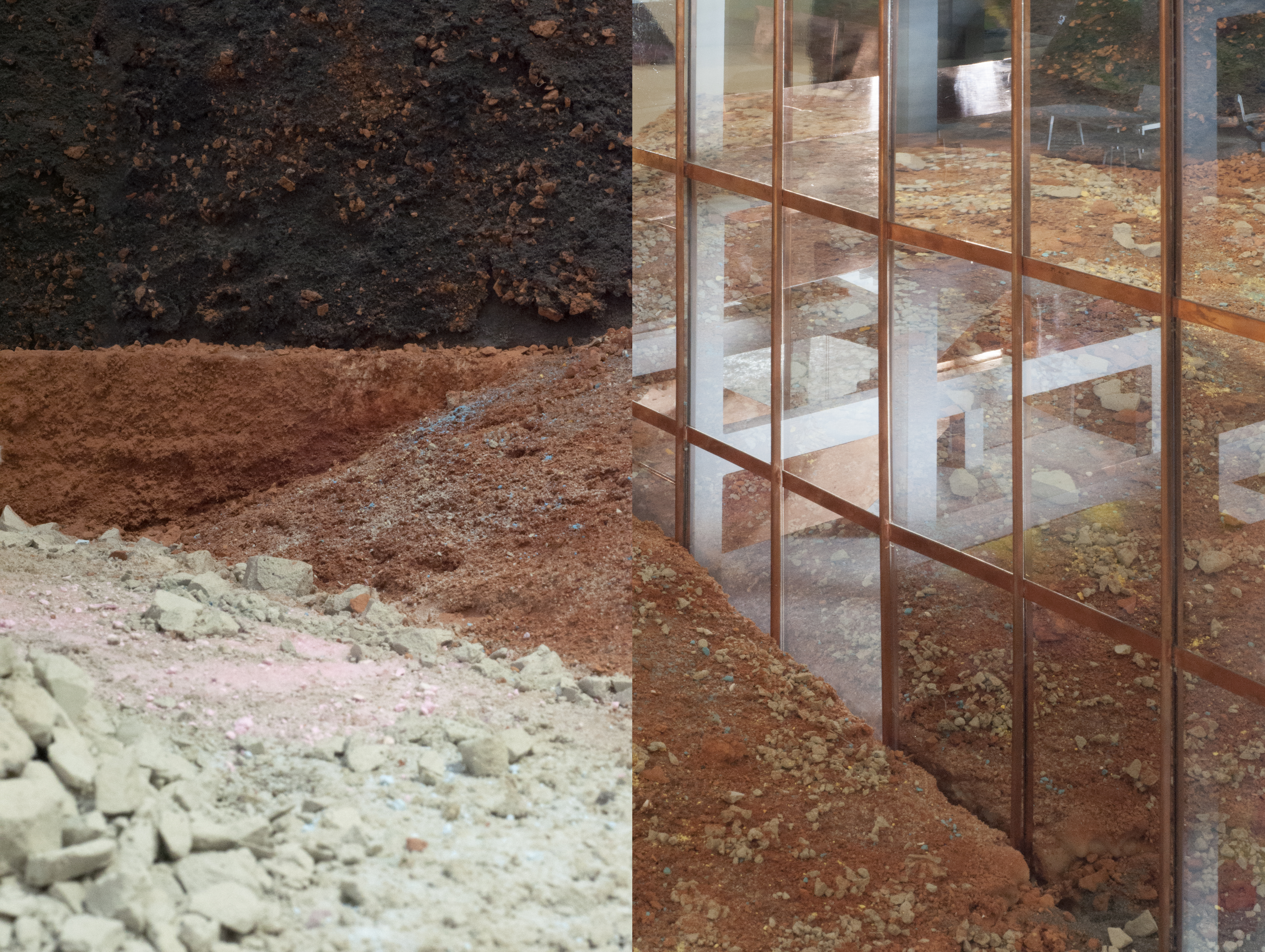CityLab Ι June 29, 2017
In 2015, Chicago launched the largest contemporary architecture event in North America—the Chicago Architecture Biennial. Staged at multiple sites around the city (including the lakefront) and drawing more than half a million visitors over three months, it was a wide shotgun blast in terms of content, with techno-psychedelic body-horror sketches, demonstrations of material fabrication, and social design proposals for bringing police and neighborhoods together. It all happened under the broadest of themes: “The State of the Art of Architecture.”
This year’s edition, led by artistic directors Mark Lee and Sharon Johnston of the Los Angeles-based architecture firm Johnston Marklee, is narrowing the focus. At Chicago’s Graham Foundation on June 27, the directors unveiled conceptual sketches for some of the 120 or so participants as well as four subthemes that will organize the exhibition. It’s not quite honed to a laser focus, but the second biennial will open on September 16 with something closer to a telescopic view of architecture’s days ahead—which may in some ways look uncannily like its days past.
Installations on building history will primarily examine architecture’s past through the scale of the individual building. One example is the work of Zao/Standard Architecture, modifying the beloved but disappearing traditional Chinese hutong courtyard home. In material histories, architects will translate how buildings were built in the past for the future. So Stan Allen will take up the legacy of residential wood balloon framing, which originated in Chicago, and T+E+A+M will explore the recycling of building materials in the context of urban ruins, namely Detroit. The urban and neighborhood scale is the focus of civic histories, such as Keith Krumwiede’s satirical visions of high-density McMansion communes, which will be adapted from his book into an exhibit.
Perhaps the most fascinating (and potentially inscrutable) undercurrent of the biennial will be projects grouped under the category of image histories. These projects take a step back from built work or even buildable designs to focus on meta-commentary that informs architecture, or “the role of representation and how architects communicate ideas through the way images come together,” according to Johnston.
“The way images come together” in architecture and everywhere else is, more and more, a product of digital flexibility and meme-centric Internet visual cultures. A broad-based survey of how the atomized and instantaneous sharing of digital media is affecting architecture is long overdue. Much of the work on preview showed the imprint of the University of Illinois-Chicago’s (UIC) small but influential architecture school. The work at UIC is intensely theoretical, speculative, and engaged with how Internet-centric composition techniques like aggregation and collage are bleeding into architecture, as the line between brick-and-mortar and virtual spaces gets blurred with our investment in social mediascapes.
This emphasis on the image as the site of architectural innovation isn’t new. There are centuries-old drawings that are far more influential than even the best loved buildings. But what is new is the idea of the architectural image as a dynamic, mutating riff without a sole, definitive author—a Tumblr or Instagram post considered with the same weight and gravitas as a blueprint. And if Johnston and Lee can frame this latest ripple in architecture’s waters in a legible context, they’ll have “made new history” worth remembering.
